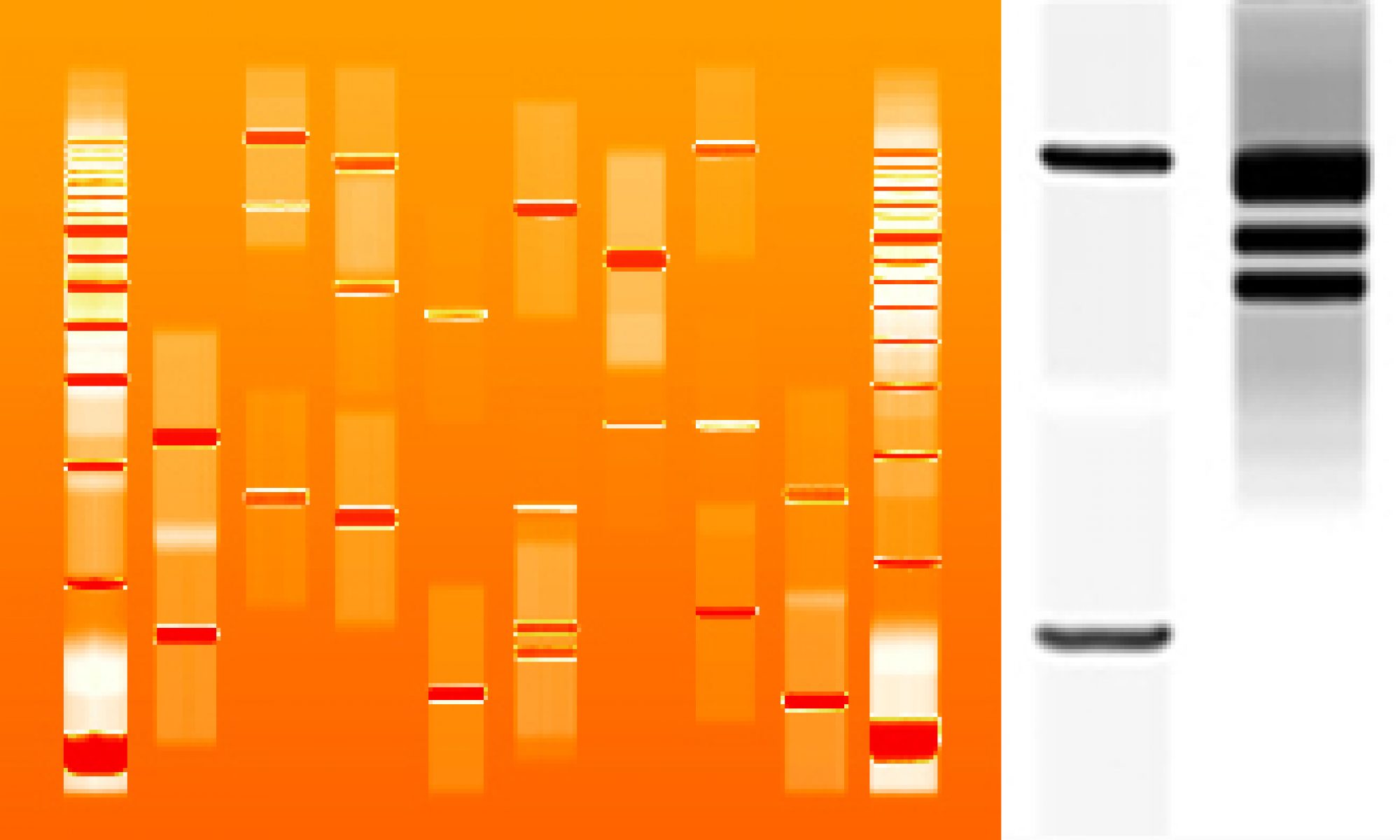(Apologies for the lack of paragraph breaks. I have been trying and failing to figure out why they’re not appearing).
Thanks, Hannah and Abigail for thoughtful posts. I, too, am interested in Oryx.
I tend to think that Oryx, at least when she’s first introduced as something more than a spectral voice in Snowman’s head, encourages us to think about the relationship between virtual and material existence, between an infinitely reproducible image (competing for attention amid a sea of similar images) and a singular body. Digitally rendered Oryx, staring at the camera, causes Jimmy to consider the act of spectatorship, and, further, a process of digital production that relies on the labor of real people in real places. “Then she looked over her shoulder and right into the eyes of the viewer — right into Jimmy’s eyes, into the secret person inside him. I see you, that look said” (91).
This scene stages, in some sense, a reversal of the male gaze, which, like Sartre’s experience looking through a keyhole and realizing he too is being watched, interpellates the gazer not just as an agent of patriarchal objectification and commodification, but also as a self-conscious human subject. I think this humanizing power of Oryx’s mediated gaze supports Abigail’s suggestion that, following Sandoval, we might see Oryx as a model of resistance to a commodified neocolonial world. And to Hannah’s point about cash value, I think this resistance points to the essential ambivalence of labor exploitation: the transformation of labor into a commodity is a source of both alienation and power for the worker. The conference of cash value onto the movements of one’s body makes the body both ripe for exploitation and a source of anti-capitalist resistance.
But what is it exactly about Oryx’s gaze that unnerves Jimmy, causes him to start? What gives an image power to confirm its own authenticity, to insist on a material reality, a backstory that matters and humanizes? What breaks the spell of the image and the erasure of exploitative, sexualized labor on which it depends? What is the significance that, as Abigail points out, this power is conferred to a woman and the only character marked as non-white?
I think these questions get more complicated when we consider the media world of the Crakers, who communicate (or think they communicate) with really-existing gods (Oryx and Crake) through the medium of Snowman. Jimmy and the Crakers interact two very different types of media: one that is essentially mythological and which derives its authenticity from “internal consistency,” and another that cannot maintain its mythological status (its ability to absorb the viewer in a pleasant or compelling fiction) because of its essentially indexical relationship to the world. Can we say that it is these different types of media existence that account for the relative inferiority (in Crake’s eyes) of humans and relative perfection of the Crakers? The humans in Atwood’s corporatized world produce fictions that are always undermined by their inability to fully excise the brutal realities they both depend on and erase. The Crakers, whom we might call premodern, don’t have to worry about this kind of rupture because their fictions derive authority not from any sort of correspondence to reality but divine provenance.
This also has me thinking about Oryx and Snowman as media. Both mediate between the crackers and others. But what does it mean for humans to be media?
